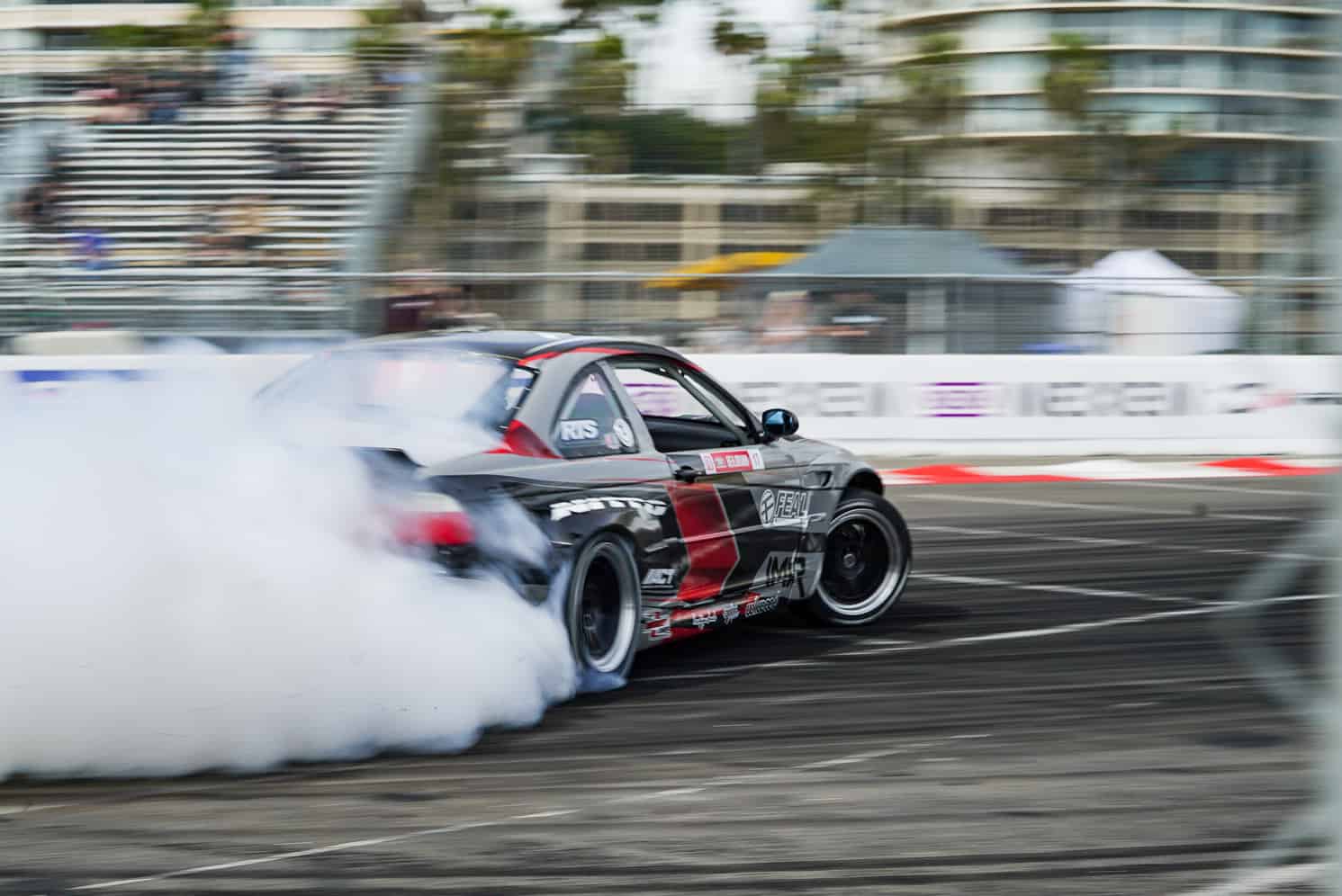Round 2 of the Formula Drift season is scheduled to begin April 26 with qualifying, followed by the Top 32 tandem battle on the 27th at Orlando Speedworld in Orlando, Florida. While this is the second round of the season, it marks the start of the Pro2 Formula Drift Series with Andrew Schulte making his rookie debut in his 1993 Nissan 240sx, which is powered by a 600-horsepower Lingenfelter-built Chevy V8 and is sponsored by ClassicCars.com.
Also featured at Orlando will be the debut of the first fully electric-powered drift car, a 2019 Chevrolet Camaro equipped with a Magnetless electric motor producing 384Kw (515 horsepower) and 800 pound-feet of torque. The car has a nearly 50/50 front/rear weight ratio.

In qualifying, each driver will make two non-consecutive passes on the course and be judged by the team of Ryan Lanteigne, Brian Eggert and Andy Yen. Instructions are given at a drivers’ meeting and each competitor must complete the course as instructed at the drivers meeting to get the maximum allowable points (100).
A car is scored with zero points if it spins out or unintentionally over rotates past 90 degrees to the forward direction of the course, if the hood, hatch, or doors open during the pass, or if the car stops drifting during the qualifying pass.

The judges award points based on line, angle and style.
• Line is the path the drivers must take through the course. Judges analyze the line to ensure drivers can put on the best show. There are specific clipping points and zones that are key markers. Proximity to these points and zones are crucial. The line sets up the driver to hit all these areas with the smoothest flow and at the same time challenging to their skill.
• Angle is the degrees the car is lateral to the direction of the track. The more angle the car can sustain smoothly produces a higher score. The car must be in a drift angle with smooth transitions through the entire course. Any time the car has a shallow angle, straightens up, bobbles, or the front wheels point straight — even the car is still sliding — is scored negatively.
In the pursuit of more stability in angle, modifications are allowed within specific parameters to add more than 60 degrees lock-to-lock for the steering components. This adds stability as the cars increase in power, speed, and in the dynamics of the driver’s skills.
• Style is based on fluidity and commitment, and speed also is a factor. Judges do not want to see unnecessary slowing of the car.
Fluidity is the driver’s smoothness in control of the car. Minimal minor corrections, whether transitions from one drift to another are smooth and seamless through the course, and consistent speed to the flow of the course are considered.
Commitment is how the driver applies the car to maintain the fluidity from start to finish. Maximum throttle application, large plumes of tire smoke in all the acceleration zones, the angle of the front tires and whether wheel speed is sustained without random locking up from the hand brake or foot brake are all factors. The judges also use the Accel/Decel course map to determine if a drivers is applying maximum commitment.






I dont get it ??
Thanks for clarifying this system. Great article!